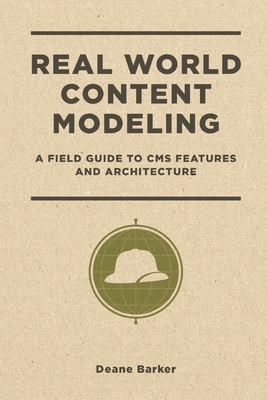Real World Content Modeling: A Field Guide to CMS Features and Architecture

Real World Content Modeling: A Field Guide to CMS Features and Architecture
PRP: 77.42 Lei
Acesta este Prețul Recomandat de Producător. Prețul de vânzare al produsului este afișat mai jos.
69.68Lei
69.68Lei
77.42 LeiIndisponibil
Descrierea produsului
Detaliile produsului









